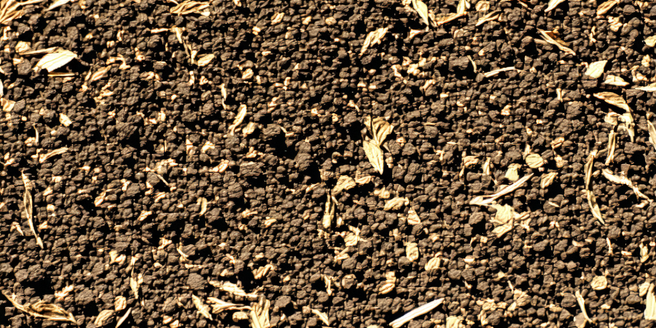
Understanding Climate Impact on Composting
Climate plays a crucial role in the decomposition process of composting. Warmer climates usually speed up the microbial activity leading to faster breakdown of organic materials. On the other hand, colder climates can slow down this process, requiring additional measures to maintain efficiency. It’s important to adjust composting techniques according to the geographical and seasonal climate variations. Understanding the climate-specific dynamics of composting helps in optimizing the conditions, such as temperature regulation and ventilation. For instance, in more humid climates, one needs to manage excess moisture to prevent anaerobic conditions, while arid climates might require more frequent watering. Tailoring compost management practices in line with local climatic conditions not only enhances the composting process but also ensures a sustainable approach to waste management.
Adapting Compost Techniques for Different Seasons
Seasonal changes can significantly affect the composting process and require adaptations to maintain efficiency. During the warmer months, increased microbial activity can lead to faster decomposition but may also cause moisture loss. It’s essential to balance this by adding water or moist materials. Understanding these variations allows for better management of the composting system. In contrast, winter typically requires insulating the compost pile to retain heat and encourage microbial activity. Paying attention to these seasonal shifts can drastically improve the quality of compost produced. Adjusting the ratio of green to brown materials based on seasonal availability is also vital. Techniques such as turning the compost more frequently in summer and covering the pile with mulch during winter can help optimize conditions year-round.
Selecting Suitable Compost Materials for Your Climate
Choosing the right compost materials depends largely on your climate. In wetter climates, opt for coarse, brown materials like straw or shredded cardboard to help increase aeration and absorb excess moisture. For those just starting out, it might be helpful to start with small, manageable amounts to observe how the compost reacts. For drier climates, green materials that decompose quickly and retain moisture, such as fruit scraps or grass clippings, are more suitable. It’s also important to maintain a balanced mix, often tailored to the season; in summer, browns should be increased to balance green lawn clippings, while in autumn, fallen leaves provide an abundant brown source. Tailoring material selection to your climate ensures a thriving compost system.
Managing Moisture Levels in Fluctuating Weather
Maintaining optimal moisture levels is crucial for effective composting, especially in climates with fluctuating weather. Wet conditions can lead to excess moisture, causing odor issues and slowing down decomposition. Conversely, dry conditions can dehydrate the compost, halting microbial activity. To manage this, it’s important to regularly check moisture levels – compost should ideally feel like a damp sponge. It’s essential to adjust the composting process according to seasonal changes to ensure consistent results. Adding water or dry materials, such as sawdust, can help maintain balance. Regularly turning the compost can also assist in keeping moisture levels even throughout the pile. A simple tarp can protect compost from heavy rain, while adding moisture-absorbing materials can prevent the pile from drying out in hot weather.
Preventing and Resolving Common Composting Issues
Composting in varied climates can present challenges that require proactive management. Common issues include foul odors, pests, and slow decomposition. Odors usually arise from too much green material or insufficient aeration; turning the pile or adding brown materials can mitigate this. With the right knowledge, these issues can be overcome effectively. Properly maintaining your compost pile is essential for success. Pests can be managed by avoiding meat or dairy scraps and keeping food waste covered with dry materials. Slow decomposition may result from inadequate moisture or poor material mix, which can be corrected by adjusting the input balance. Understanding the root cause of these issues allows for timely interventions, ensuring efficient composting regardless of climate.
